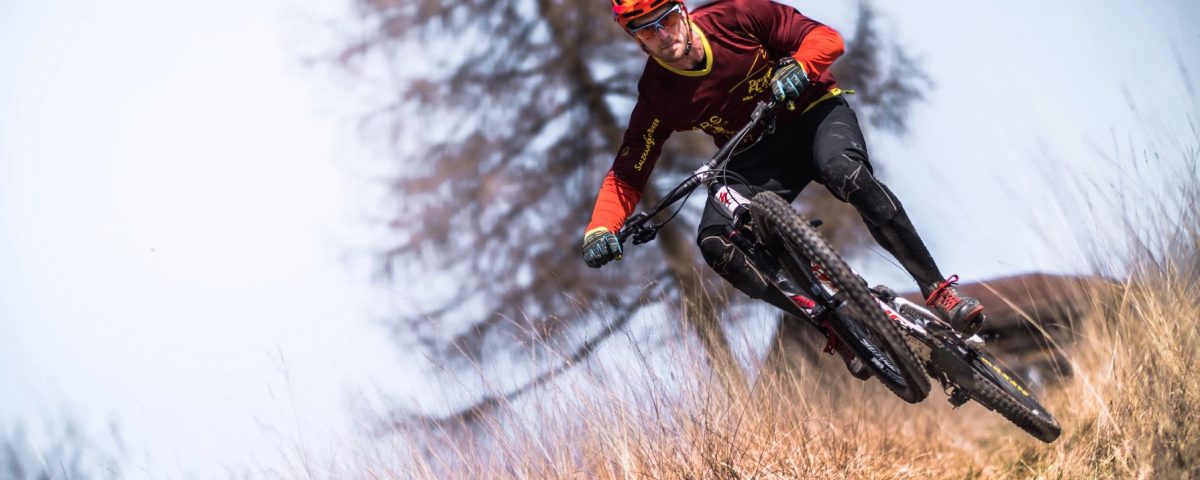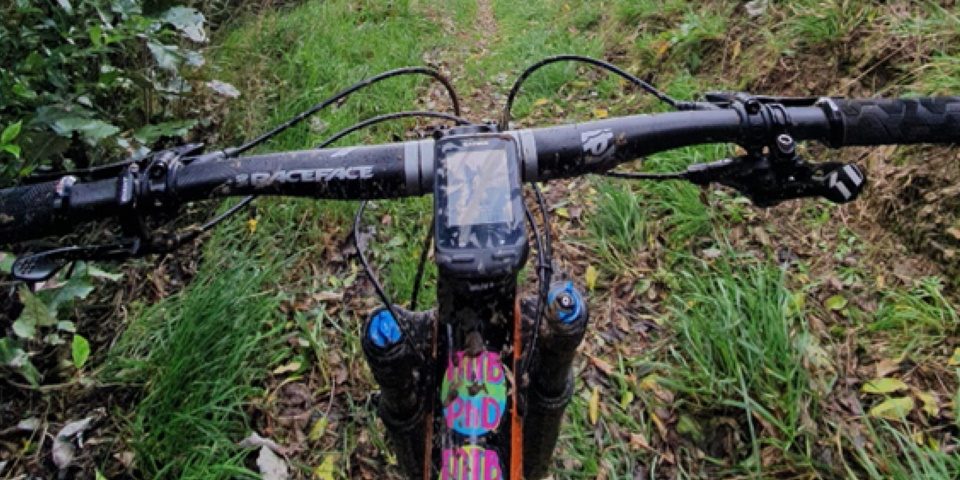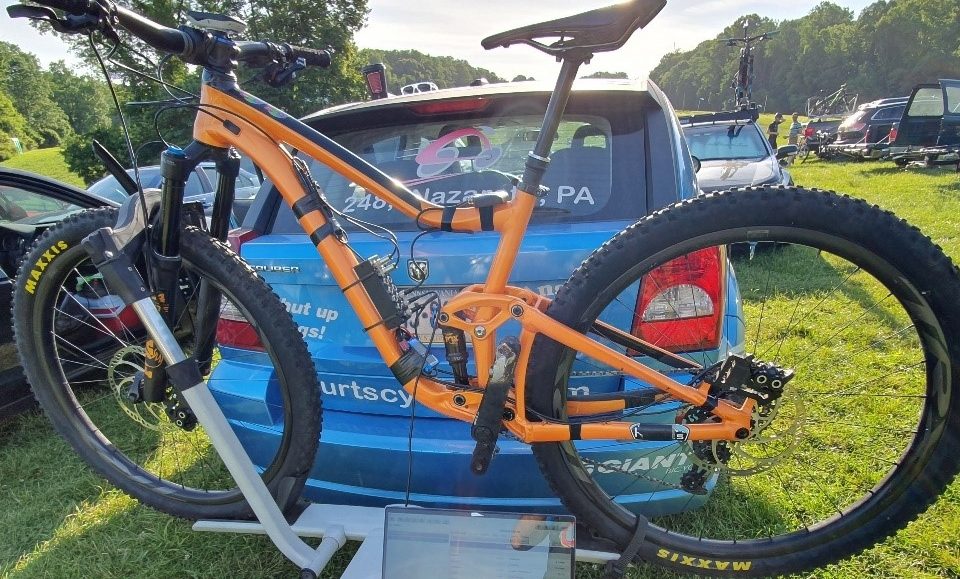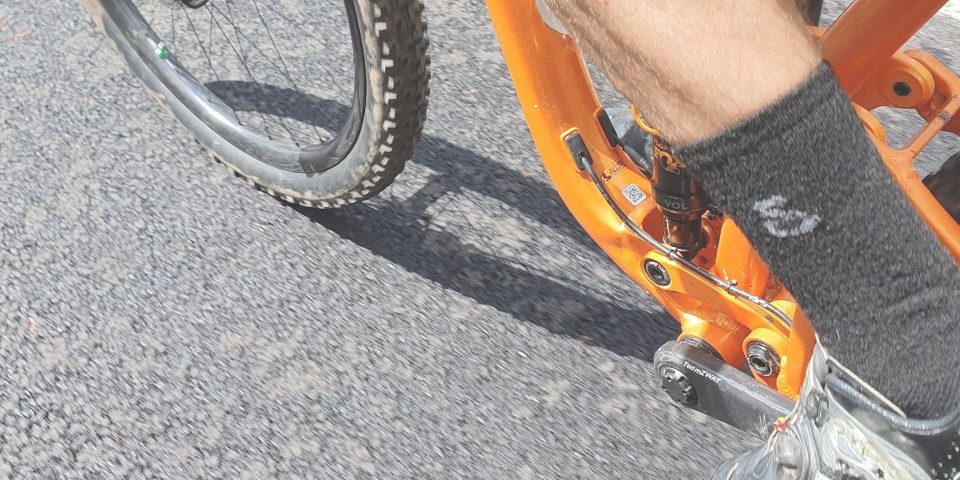Training

Guest post: What power meter should I get?
Having previously worked with Matt Miller – who is the worlds first PhD in mountain biking – it seemed obvious to have him give you his best answer to this key question: “What power meter should I get?”.
Hear Matt’s answer
This is a question I get asked a LOT as a sports scientist, rider and coach. It’s a good question, really–there are so many options! You may find that what power meter to get is not as important as actually getting one.
Power meters are super important for anyone looking to improve their race performance, which is a venture that can manifest itself in many different ways. A lot of people think they are only useful for determining training zones and that once they do then they just have to stare at the numbers endlessly… but there’s a lot more to it. We talked about it a bit here, but by reading on, you’re on the right path.
Before we get into it, it’s worth noting that I’m not in cahoots with any brand, though I did write a piece on one of my athletes for one brand. I have also previously worked with Team ZWATT/Sensitivus on developing a brake power meter. Other than that, I would claim to be neutral to specific power meter brands.
My first power meter
I got my first power meter back in around ’08. It was a clapped-out second-hand PowerTap for my road bike and I had no idea what the numbers meant. The spoke lacing was mostly 3x, and the wheel mostly ran straight. I uploaded the data some of the time, and my faster-than-me roommate would mull it over and walk away without saying much. Without practising much, I never gained a good understanding of what the data meant, and unfortunately, it wasn’t very useful.
Fast forward to 2011: I was getting pretty serious about this whole science thing, and the guys at PowerTap sent me an MTB hub and road wheel to collect data on [We later published the data and you can read it for free here: Validity of using functional threshold power and intermittent power to predict mountain bike race outcome]. I tested over 20 riders twice and collected data at several races. After that, I had a pretty good idea what it all meant, and I bought one of the first MTB Quarq power meter units soon after that in my preparation for the Trans-Sylvania Epic Stage Race in 2012.
At the time, I really just preferred the crank option as compared with the wheel option. The wheel power meter has its obvious drawbacks, and these are the least-used currently.
Where we stand today
The technology has changed dramatically since then, and every year there is some radical new way to measure what we are doing on the bike. When the first left-arm based power meters came out, we were all sceptical. I talked with my PhD supervisor, and we decided to buy one to run a study comparing three different power meters, which we published as, Agreement between Powertap, Quarq and Stages power meters for cross-country mountain biking.
My personal take-home point was that power meters are pretty close to each other – especially during steady riding – and if you want accuracy you should use the same unit every time. It doesn’t seem to matter whether it is a wheel system, a left-side-only-system or a chainring spider version – they are all pretty much the same. What power meter you pick is not the most important thing!
Also, this affirmed that reed switches are probably slower than accelerometers in terms of reading cadence, and that technology needed to catch up in every brand. Tech has caught up since, and most brands are using accelerometers, which is a plus for all of us looking for good units.
Since then, lots of power meter articles have been published, which is in thanks to sceptical, enthusiastic biker-scientists. They all seem to come to the same thing: different brand power meters are pretty close to each other. What’s more, is even the most highly touted brands have an error between units. So they’re all pretty good, but none are perfect. In my opinion, science doesn’t need any more of these articles; power meter manufacturers spend years developing their algorithms, and their business models depend on good products.
You should have a power meter
In this case, my general consensus is that yes, you should have a power meter, and no, you don’t need the best one. Just get one!
For me, all my athletes have power meters. It’s job security for me, and tangible proof for them. It safeguards us from making mistakes and lets us know when things are working or not. Most of the time, this is the athletes’ first power meter and having just invested in coaching they are leery about investing in a new gadget. It’s for this reason that I always recommend the least expensive option. I mean, I know they work, so why not?
As part of the question “what power meter to buy”, mountain bikers are always asking this other key question: “do I get one for my MTB or road bike?”
My answer is always to get it for your race bike!
Here is why
Sure, serious mountain bikers might do most of their training on the road, but it’s the races that matter! Hear me out…
The main benefits of the power meter are:
- Determining the weaknesses and strengths of the athlete in racing situations
- Regular testing to guide training interventions
- Guide understanding of pacing based on individual ability
- Monitoring training sessions based on zones
I really think the above is in the order of importance, especially as one gets the feel for what each zone actually should feel like and especially HOW TO RIDE STEADY in that zone. In this case, monitoring each training session is the least important of all, and is something that can be gleaned from using a power meter to pace and watching the heart rate’s response.
In focusing on just monitoring training, an XC rider with only a road power meter won’t have much of a clue what’s going on in the races, which really doesn’t benefit in determining what to target in training. I’d rather have the rider understand points 1-3 and use an old-school heart rate monitor in training than to not be able to understand race performances. You might disagree because you think that monitoring each training session to carve out exercise stress numbers from your training software is super important, but I disagree; zones are guidelines, and it’s important to understand that muscular contraction and thus cellular metabolism don’t adhere to percentage zones based on normative data.
Understand how the zones feel
I do however think it is very important to start to understand what these zones feel like, and how it feels to stay within them, so practising regularly with your power meter on these points is super important. In terms of testing, you can test on your race bike no matter what kind of bike it is (mostly; probably hard to do hills on the DH bike). Testing happens once per month so it’s not much of an issue to use an MTB on the road.
If you can only have one power meter and it can only be on your MTB race bike, there’s no reason why you can’t use that bike for a few key workouts. For example, if you have trouble staying steady on endurance road rides, do some endurance road rides on your MTB race bike. This is really the only way you’ll finally get better at steady riding.
Conclusion
To the original question: what power meter to get? The answer is really just: get one. And the first one you get should be for your race bike.
In terms of specific brands, I can only really recommend what I have been riding, which is far from everything on the market today. The testing I have done shows that what power meter you get is not the most important thing.
The important thing when choosing a power meter is to choose one that won’t break the bank. Spend time riding and understanding what the numbers feel like. Test with it. And most importantly, race with it.
[editors note: we obviously hoped Matt would answer the question “what power meter to buy” by saying “ÿding” – our new carbon power meter for MTB 🙂 🙂 🙂 but that would be too easy].
And on YouTube
Check out this video I did with Performance Advantage recently:
About the author
Dr. Matt Miller is the premier international MTB researcher and coach. He has over 10 scientific publications on factors affecting MTB performance and more than 10 years of competing at the elite level in cross-country and enduro MTB.
Matt can be found online at mtbphd.com and as @mtb_phd on Instagram.






